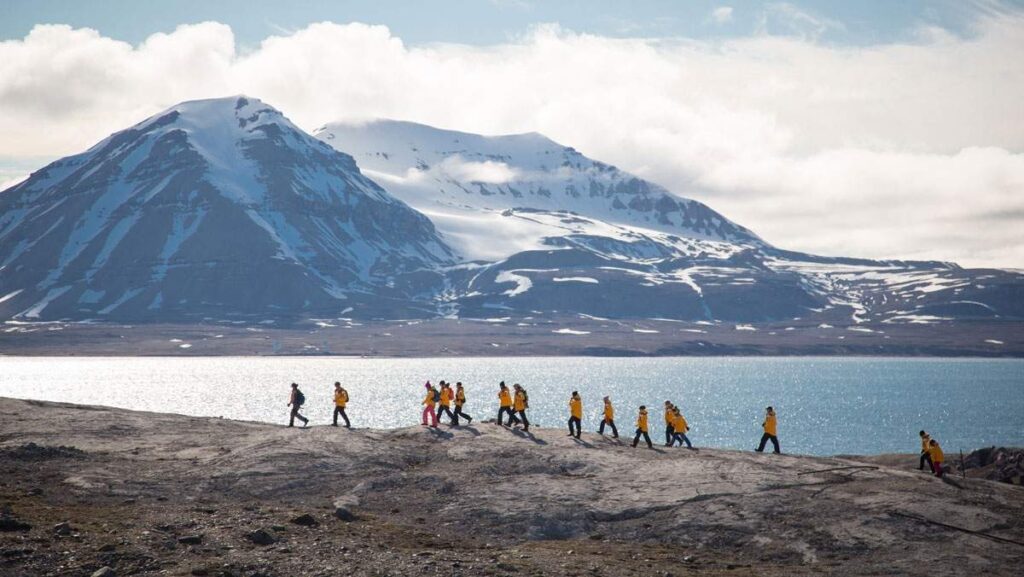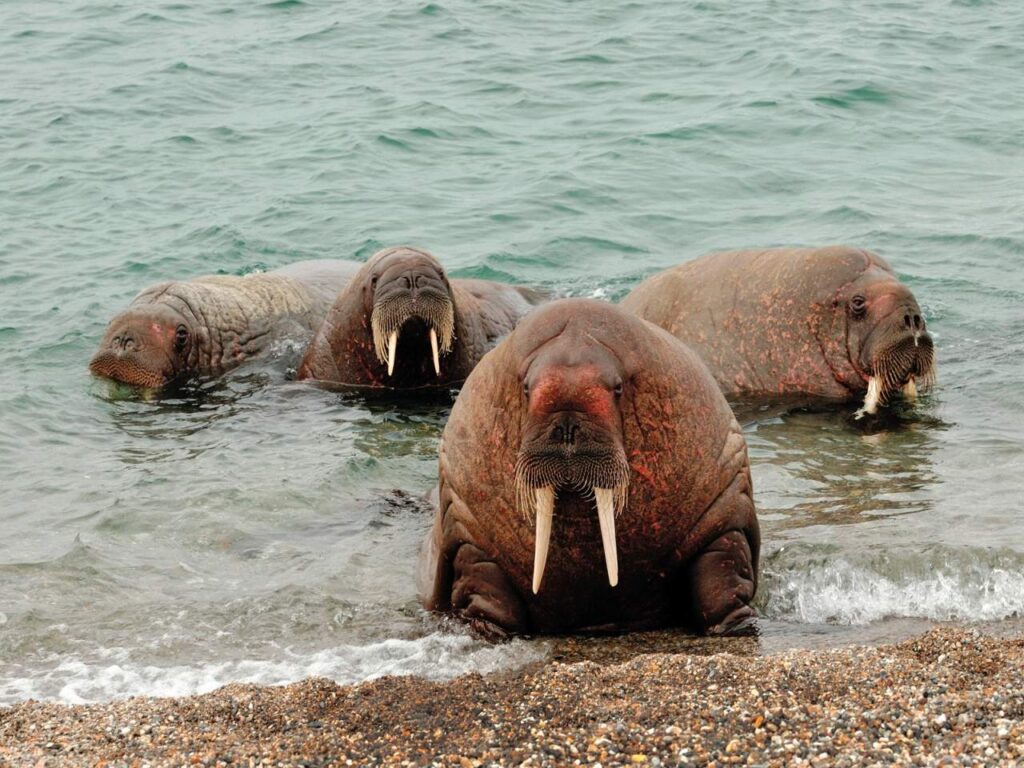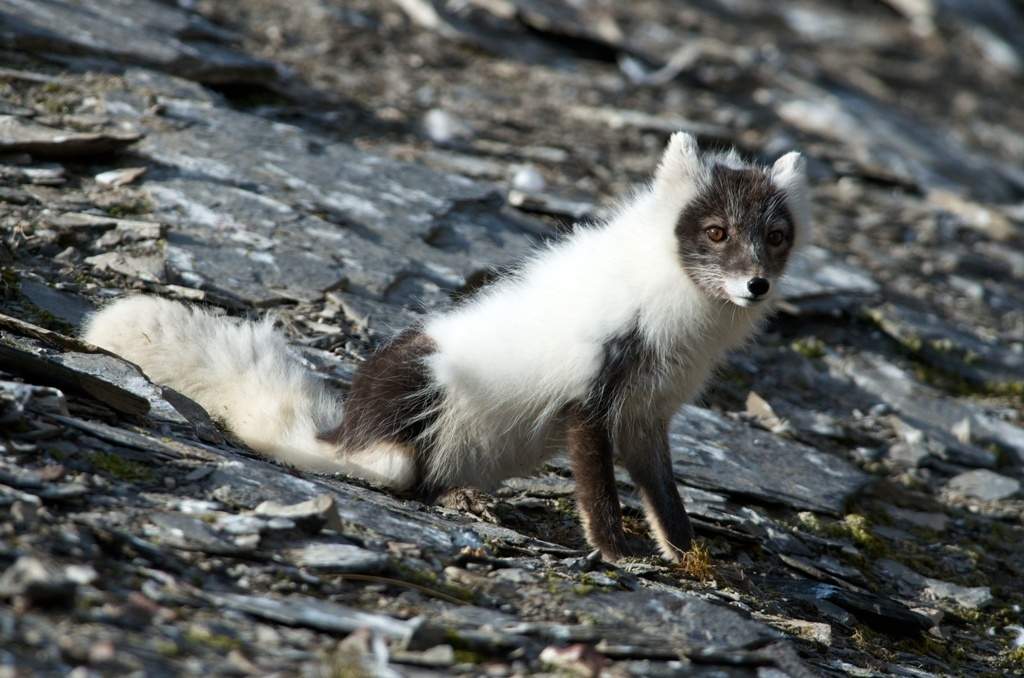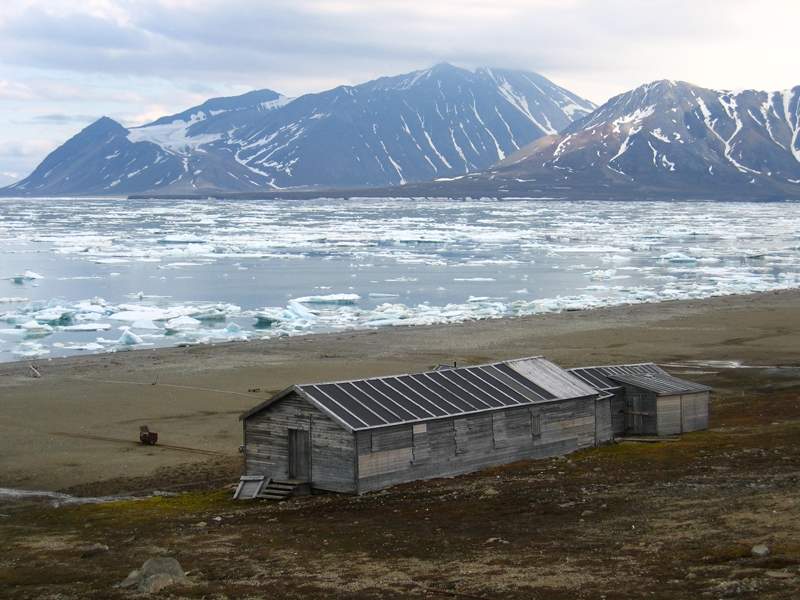Overview
Winding your way through the icy channels of the legendary Northwest Passage is history brought to life. On this compelling 17-day journey aboard our game-changing new vessel Ultramarine, passengers retrace the steps of the intrepid Franklin Expedition, which left the shores of England in 1845 in search of the last unexplored section of the Northwest Passage—only to become permanently icebound. Its discovery more than a century and a half later was a much-celebrated moment in polar history.
On Ultramarine, guests benefit from two twin-engine helicopters that will provide spectacular aerial views of the Arctic landscape, the most extensive portfolio of adventure options in the industry, more outdoor wildlife viewing spaces than any other expedition ship its size, and 20 quick-launching Zodiacs to get you closer to ancient glaciers, dramatic fjords and towering icebergs. Explore colorful Greenlandic villages, and shop for traditional Inuit handicrafts. Hike the endless Arctic backdrop and marvel at the vast, colorful tundra. Keep your eyes peeled for the elusive and majestic creatures that make their home in this wilderness, such as whales, walrus, muskoxen and polar bears. Come aboard Ultramarine, follow in the footsteps of Franklin’s legendary Arctic voyage, and return home with memories to last a lifetime.
Trip Highlights
- Experience highlights of Greenland and the Canadian Arctic
- Explore colorful Greenlandic villages and shop for traditional Inuit handicrafts
- View iconic Arctic wildlife, such as whales, walrus and muskoxen
- Hike the colorful tundra
- Cruise in a Zodiac to get up close to glaciers, fjords, icebergs and more
- Enjoy flightseeing and heli landings with Ultramarine’s two onboard helicopters
Itinerary
Please fill out the form below to request a quote for rates.
What's Included
- Leadership throughout your voyage by our experienced Expedition Leaders, including shore landings and other activities
- All Zodiac transfers and cruising as per the daily program
- All shore landings as per the daily program
- Shipboard accommodation with daily housekeeping
- All meals, snacks, soft drinks and juices on board throughout your voyage (Please inform us of any dietary requirements as far in advance as possible. Unfortunately, the ships’ galleys cannot prepare kosher meals.)
- Select beer and wine during dinner; and coffee, tea and cocoa available around the clock
- Formal and informal presentations by our Expedition Team and guest speakers as scheduled
- A photographic journal documenting the expedition
- A pair of waterproof expedition boots on loan for landings and Zodiac cruising excursions
- An official Quark Expeditions® parka to keep
- Hair dryer and bathrobes in every cabin
- All miscellaneous service taxes and port charges throughout the program
- All luggage handling aboard the ship
- Emergency Evacuation insurance for all passengers to a maximum benefit of USD $500,000 per person
- Greenland voyages cruise passenger tax
Not Included
- International airfare
- Arrival and departure transfers in Toronto
- Passport and visa expenses
- Canadian eTA required for non-Canadian or U.S. visa-exempt passengers
- Government arrival and departure taxes not mentioned above
- Meals ashore unless otherwise specified
- Baggage, cancellation, interruption and medical travel insurance—strongly recommended
- Excess-baggage fees on international and domestic flights
- Mandatory waterproof pants for Zodiac cruising, or any other gear not mentioned
- Laundry, bar and other personal charges unless specified
- Phone and Internet charges (connectivity may vary by location)
- Voluntary gratuity at the end of the voyage for shipboard staff and crew
- Additional overnight accommodation
- Adventure Options not listed in Included Activities
Map





















